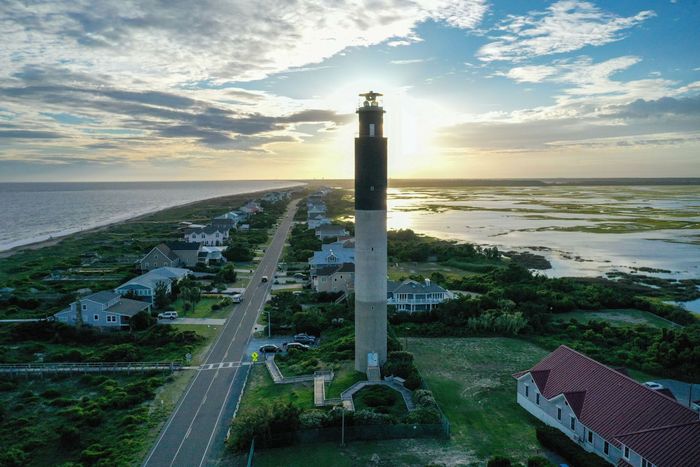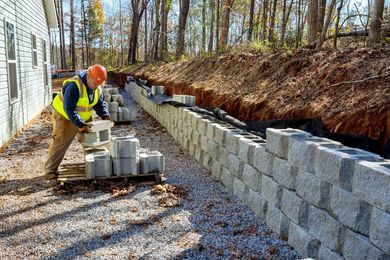Learn More About Brunswick County, NC
A Brief History of Brunswick County, NC
Brunswick County, located in southeastern North Carolina along the Atlantic coast, was officially formed in 1764 from parts of New Hanover and Bladen counties. It was named after the colonial port town of Brunswick, which itself was named in honor of the House of Brunswick, the ruling dynasty in Britain at the time. The region played a significant role in early American history, especially during the colonial and Revolutionary War eras. Brunswick Town, once a thriving port and political center, was burned during the war and never fully recovered, though its ruins remain an important historical site today.
Throughout the 19th and early 20th centuries, Brunswick County’s economy was driven largely by agriculture, fishing, and the timber industry. Its coastal location and navigable rivers helped foster trade and transportation, particularly in towns like Southport, which became known for its maritime industry and military significance. The arrival of the railroad in the late 1800s helped connect the region with larger markets and brought steady growth. The county’s rich natural resources, from fertile farmland to dense forests, supported a hardworking, close-knit community through times of change and development.
In recent decades, Brunswick County has transformed from a largely rural area into one of the fastest-growing counties in North Carolina. With the rise of tourism, real estate development, and retirees moving to the area, towns like Shallotte, Leland, and Ocean Isle Beach have flourished. The county’s pristine beaches, mild climate, and southern charm continue to attract new residents and visitors alike. While much has changed, Brunswick County still honors its deep historical roots and maintains a strong connection to the land, the sea, and the stories that shaped it.







